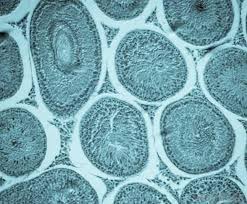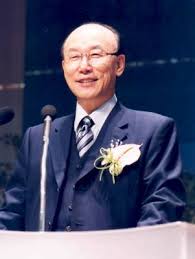 Organism, to Organization, to Institution Series – Part 5
Organism, to Organization, to Institution Series – Part 5
(A single cell organism is a building block of life. When multiplying, how can you prevent it from becoming an institution where the organism can easily die or become lost in its structure? The following blogs in this series will examine the Church as an organized institution or an organism built on relationships.)
Let’s look at the church through the eye’s of Katrina Scherbern’ view or Organism Organization where she defines seven characteristics. Let’s look at her first one:
1. Living things are made of cells
If the Church is to be an organism, not an organization or institution, it must be made up of cells. I believe a cell is where “Where two or three have gathered together in my name; I am there in their midst.” A gathering of saints constitutes a cell.
Cells were not created to be denominations or independent Christian sects. Paul visited a metropolis, a city, where he preached the gospel, saw people saved, and nurtured them by equipping them for the works of service for when he would move on to another city. These cells would be self-sufficient, not relying on a hierarchal network to over see them and dictate dogma. They were usually small and met in hopes that built a 24/7 community of active faith.
There was to be no division among these cells, only multiplication. Paul writes in I Corinthians 1:11-13 (NAS), I have been informed concerning you, my brethren, by Chloe’s people, that there are quarrels among you. Now I mean this, that each one of you is saying, ”I am of Paul” and “I of Apollos,” and “I of Cephas,” and “I of Christ.” Has Christ been divided? Paul was ot crucified for you, was he? Or were you baptized in the name of Paul? For when one says, “I am of Paul,” and another, “I am of Apollos,” are you ot mere men? (I Corinthians 3:4)
The only distinction between churches in the 1st Century was by location: ie. Church of Philippi, Church of Corinth, Church of Ephesus, etc. I am sure that in each of these cities were several cells, local bodies of believers, that made up the tissue of fabric of the spiritual life of the city in which they lived.
 Pastor Cho of South Korea discovered the power of cell groups, as these small groups began to nurture the local saints, equipping them for their everyday life, and his church grew into one of the largest in the world. Ironically, as the Holy Spirit often does, God’s ways proved better than ours as most cell groups were led by women in a male dominated culture when the men did not step up for leadership.
Pastor Cho of South Korea discovered the power of cell groups, as these small groups began to nurture the local saints, equipping them for their everyday life, and his church grew into one of the largest in the world. Ironically, as the Holy Spirit often does, God’s ways proved better than ours as most cell groups were led by women in a male dominated culture when the men did not step up for leadership.
If the Church as a whole is to be a living organism, it must be made up of living cells, local bodies of believers meeting with Jesus in their midst.